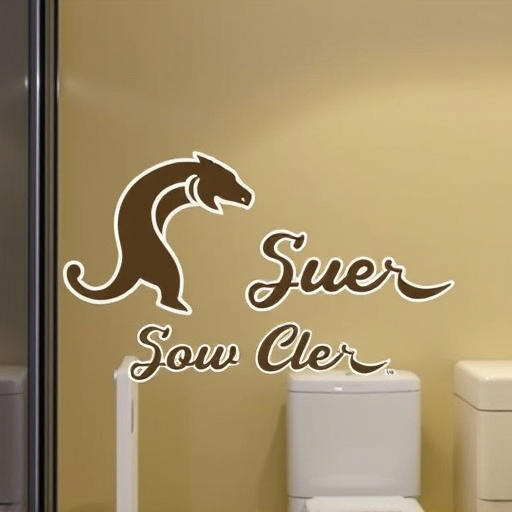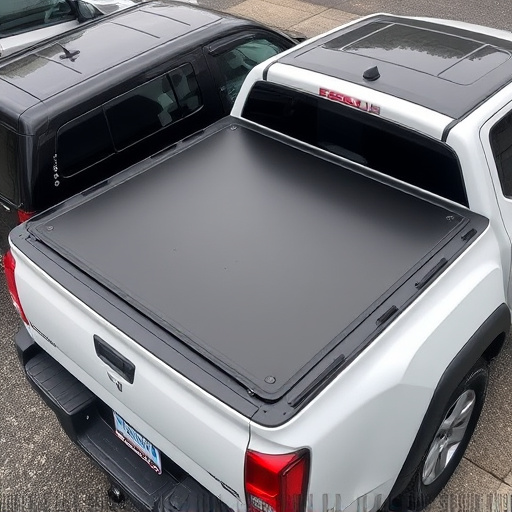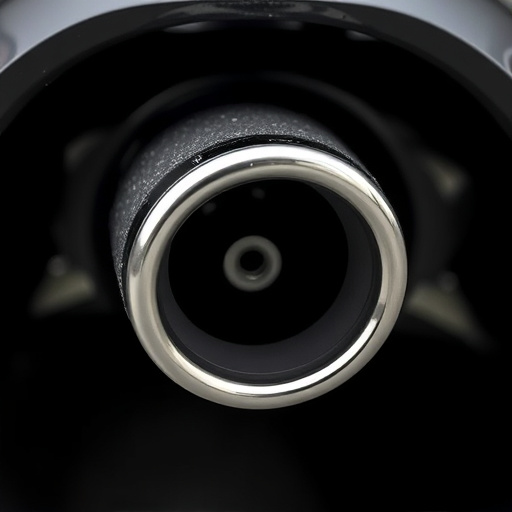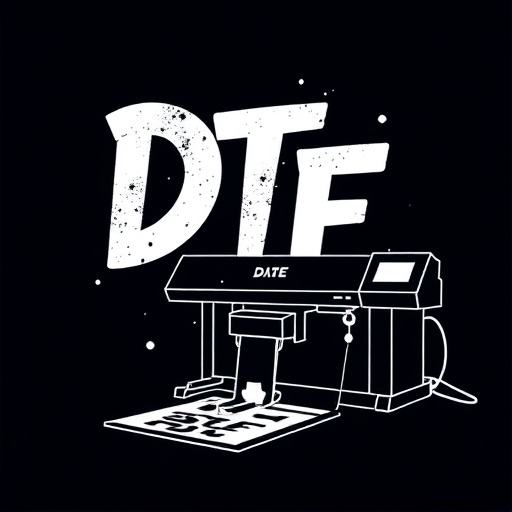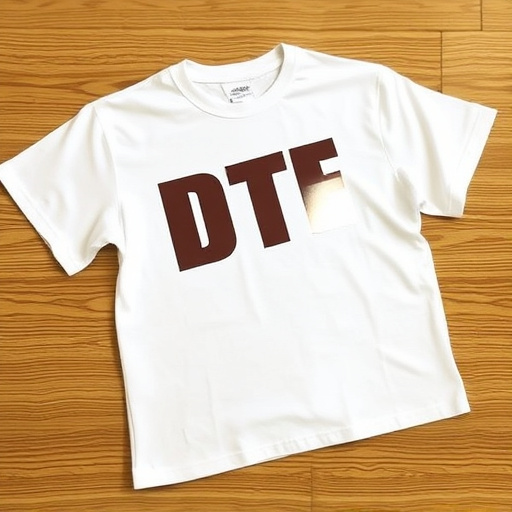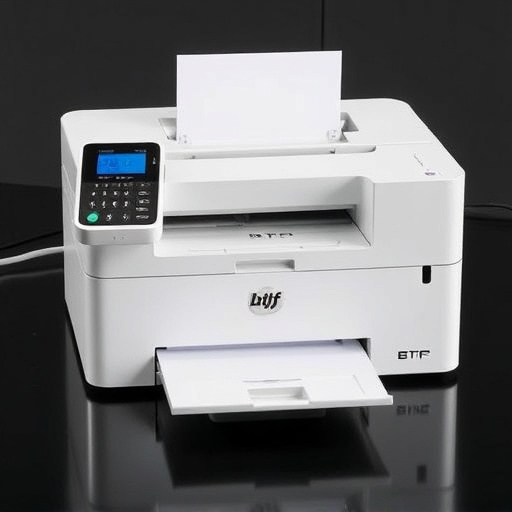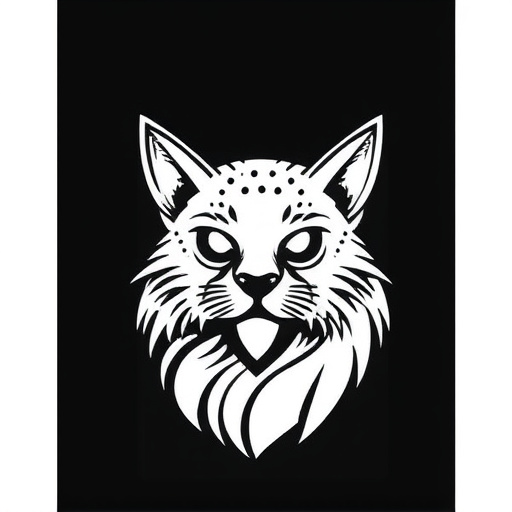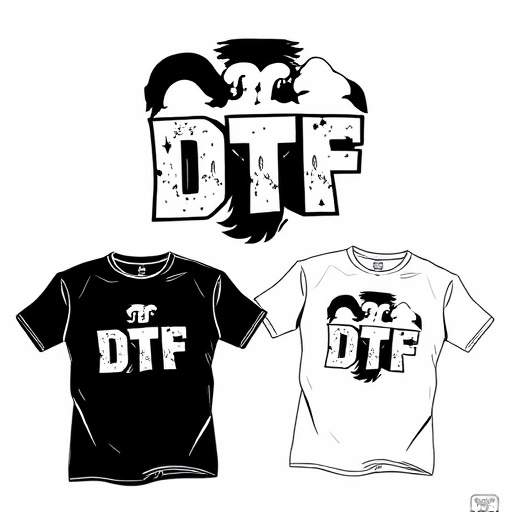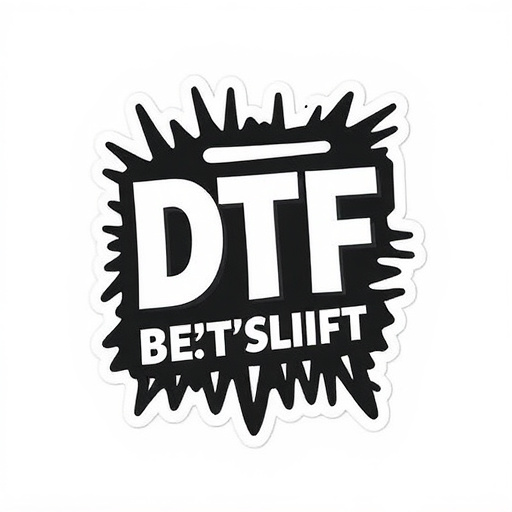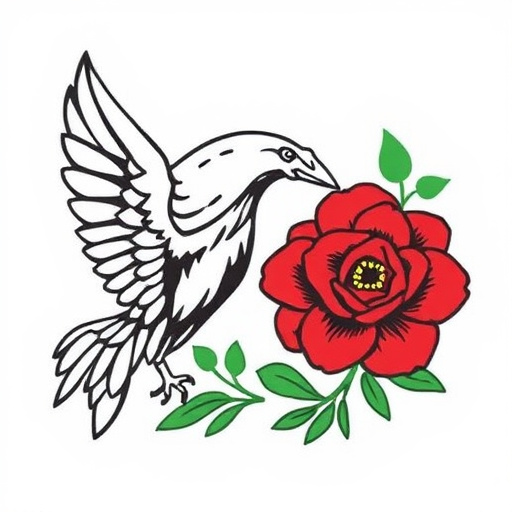DTF (Direct to Fabric) Print Sheets are revolutionizing textile design by enabling artists to create intricate, personalized prints on various fabrics using heat presses. This method offers vibrant colors, sharp details, cost-effectiveness, and quick turnaround times without complex machinery. Ideal for custom apparel, DTF ensures durability through heat transfers that withstand washing. Mastering DTF printing involves preparing designs in compatible formats like SVG or EPS, setting up printers for color accuracy, creating layouts, applying heat, and cleanup. This guide facilitates crafting unique clothing and home decor items with impressive, long-lasting results.
“Discover the power of DTF (Direct-To-Fabric) Print Sheets – a game-changer for creating custom designs on various fabrics. This step-by-step guide aims to demystify the process, from understanding the benefits of DTF technology to preparing your design for optimal printing. Learn how this versatile method allows you to achieve vibrant, long-lasting results on a range of materials, from t-shirts to home decor items. Get ready to dive into the world of DTF printing and bring your creative visions to life.”
- What are DTF Print Sheets and Their Benefits?
- Preparing Your Design for DTF Printing
- Step-by-Step Guide to Printing with DTF Sheets
What are DTF Print Sheets and Their Benefits?
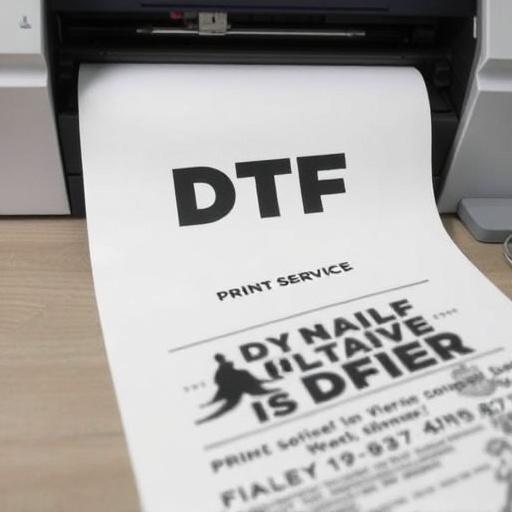
DTF Print Sheets, short for Direct to Fabric Printing, are a game-changer in the world of textile design and customization. These sheets allow artists and designers to create intricate patterns and graphics directly onto various fabrics using heat presses. The beauty of DTF lies in its versatility; it enables small businesses, entrepreneurs, and even hobbyists to produce personalized, high-quality prints on demand.
One of the key benefits is its efficiency and cost-effectiveness compared to traditional printing methods. With DTF, you can achieve vibrant colors, sharp details, and a wide range of fabric options without the need for complex machinery or extensive set-up times. This technology is particularly popular among custom apparel creators, allowing them to offer unique designs on t-shirts, hoodies, and other clothing items with ease. Additionally, DTF heat transfers provide a durable and long-lasting finish, ensuring that designs withstand regular washing and wear.
Preparing Your Design for DTF Printing
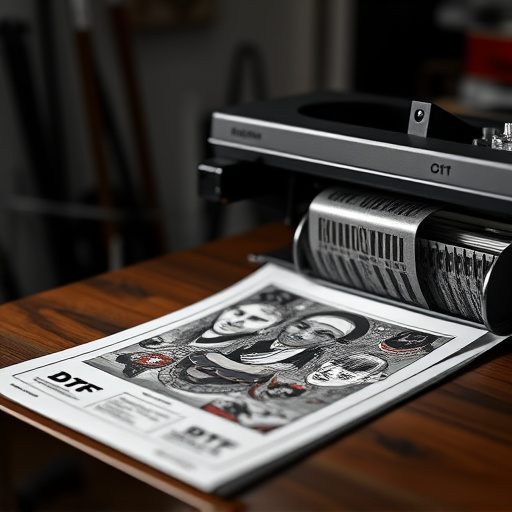
Before you begin printing on DTF (Direct to Fabric) sheets, ensuring your design is prepared for optimal results is paramount. The first step in this process involves converting your artwork into a digital file format compatible with DTF printing software. This typically means creating or sourcing your design in vector graphics format, such as SVG or EPS, which allows for precise control over lines, shapes, and text.
Next, check that all elements of your design are suitable for fabric printing. Avoid complex blends or transparent objects, as these can cause issues during the printing process. Instead, focus on clean lines, solid colors, and simple patterns. Ensure there is enough contrast between the design and the background to make it pop once printed. Proper file preparation not only ensures a high-quality print but also saves you from potential delays and costly rework in the event of issues during the DTF bulk order process. Remember, a well-prepared DTF file can lead to a cost-effective and impressive final product.
Step-by-Step Guide to Printing with DTF Sheets
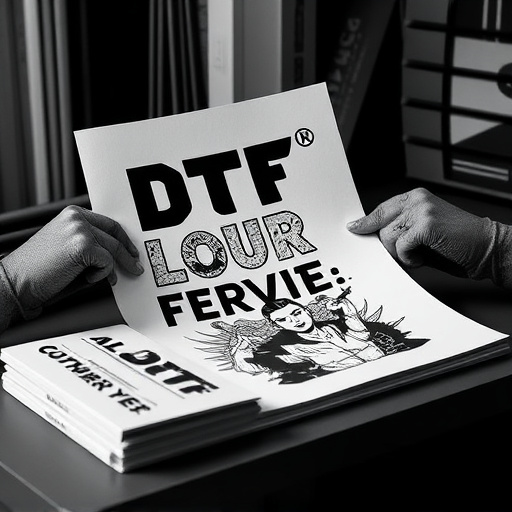
Printing with DTF (Direct to Fabric) sheets is a straightforward process that allows users to create high-quality, custom prints on various materials. Here’s a step-by-step guide to help you master the technique:
1. Prepare Your Artwork: Start by creating or sourcing your desired design. You can use graphic design software to design your artwork or upload your own gang sheet containing multiple designs for batch printing. Ensure your artwork meets the required specifications, such as size and resolution, suitable for DTF heat transfers.
2. Set Up Your Printer: Load the DTF print sheets into your printer according to the manufacturer’s instructions. These sheets are designed to handle high temperatures during the printing process. Calibrate your printer settings to ensure optimal color accuracy and precision. Some printers offer dedicated modes or profiles for DTF printing, which can significantly enhance results.
3. Design Layout: Arrange your artwork on the DTF sheet using print software. Place each design considering factors like spacing, alignment, and repeatability if you’re printing multiple copies. Ensure there are adequate margins around the design to avoid cutting errors.
4. Print Your Designs: Once your layout is finalized, proceed with the printing process. Monitor the printer’s temperature and ensure it remains within the recommended range for DTF heat transfers. After printing, allow the ink to cool down before handling or applying heat to the transfer sheets.
5. Apply Heat: Using a heat press or iron, apply heat to the DTF sheet according to the specific material and design requirements. This step transfers your artwork onto the desired fabric or surface. Follow recommended heating times and temperatures for best results, as over-heating can cause damage or smudging.
6. Clean Up and Enjoy: After successful application, clean up any residual ink or debris from both the print sheet and the printed item. Now, you’re left with high-quality DTF artwork transfers that can be used on various projects, from clothing to home decor.
DTF Print Sheets offer a versatile and efficient solution for high-quality printing. By understanding their benefits and following these step-by-step guides, designers can seamlessly integrate this technology into their workflow, unlocking new possibilities in the world of print customization. Whether you’re a professional or an enthusiast, DTF Print Sheets provide a user-friendly approach to achieve remarkable results.

